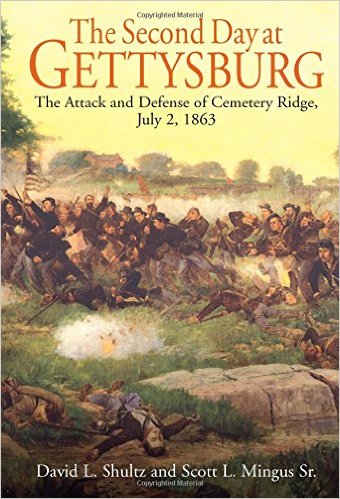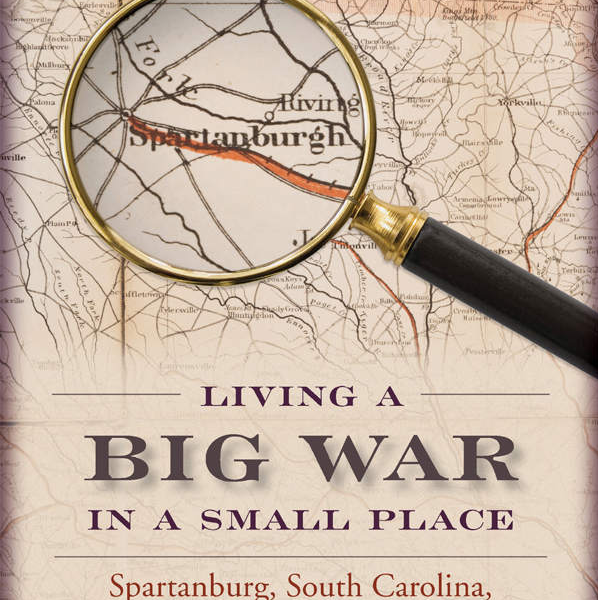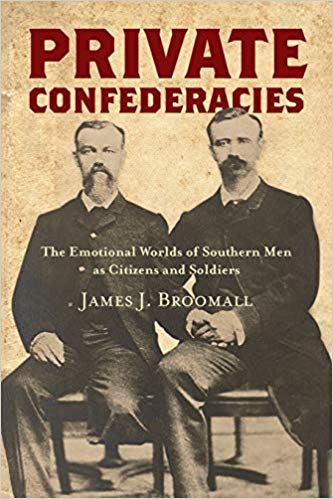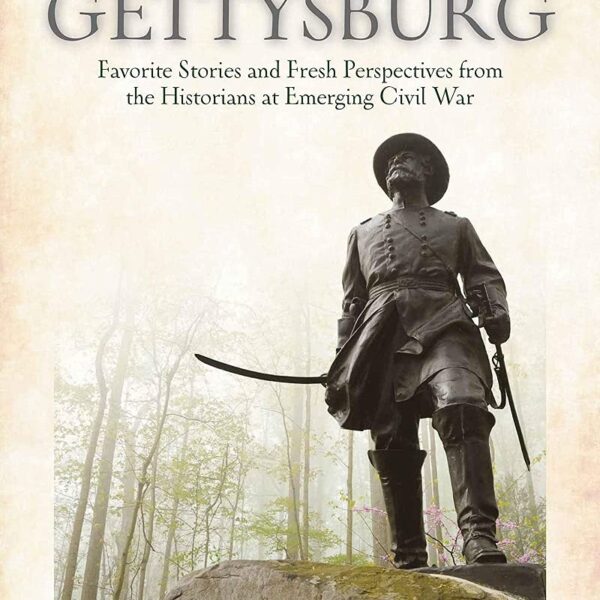Gateway to the Confederacy: New Perspectives on the Chickamauga and Chattanooga Campaigns, 1862-1863 edited by Evan C. Jones and Wiley Sword. Louisiana State University Press, 2014. Cloth, IBSN: 9780807155097. $39.95.
 Literature on the Western Theater of the Civil War has always lagged behind that focusing on Virginia and the east in quantity if not quality. Gary W. Gallagher, for example, has edited an excellent series of essay collections on the eastern campaigns for which there has been no western equivalent. Gateway to the Confederacy: New Perspectives on the Chickamauga and Chattanooga Campaigns, 1862-1863, however, makes a giant stride toward rectifying the discrepancy. By almost any measure, this volume sparkles as an outstanding example of this particular genre of the new military history.
Literature on the Western Theater of the Civil War has always lagged behind that focusing on Virginia and the east in quantity if not quality. Gary W. Gallagher, for example, has edited an excellent series of essay collections on the eastern campaigns for which there has been no western equivalent. Gateway to the Confederacy: New Perspectives on the Chickamauga and Chattanooga Campaigns, 1862-1863, however, makes a giant stride toward rectifying the discrepancy. By almost any measure, this volume sparkles as an outstanding example of this particular genre of the new military history.
Editors Jones and Sword, in addition to authoring their own contributions, assembled an outstanding cast of writers in this wide-ranging examination of events surrounding the small but vital city of Chattanooga. In fact, the book’s list of historians reads like a “who’s who” of authorities on the Chickamauga and Chattanooga campaigns, omitting only Peter Cozzens and National Park Historian Jim Ogden. Although the essays are inevitably uneven in quality, all of them are crisply written, adequately documented, and fresh in their approach to their chosen topics. The greatest strength of this volume rests with the subject matter it examines. Whether they address traditional controversies, explore neglected aspects of the campaigns, or delve with innovation into historiography and memory, these essays unfailingly present new material and challenge conventional wisdom.
It would be difficult to select the strongest article, but Gerald Prokopowicz’s study of Don Carlos Buell’s aborted 1862 effort to capture Chattanooga would certainly be a contender. Calling the operation “the greatest missed opportunity of the war” (38), Prokopowicz finds that in addition to Buell’s personal predilection for a deliberate campaign, such as the one that succeeded in capturing Corinth, Henry Halleck’s insistence that Buell use the Memphis & Charleston Railroad for his supplies caused the failure.
William Glenn Robertson’s detailed unraveling of the two most important controversies at the Battle of Chickamauga is essential reading for anyone interested in this critical engagement. Robertson explains the complex circumstances surrounding the failure of Leonidas Polk to convey Braxton Bragg’s attack orders for the morning of September 20. He also exonerates Thomas J. Wood, who has traditionally been assigned blame for creating the infamous gap in the Union lines that led to the decisive Confederate breakthrough on September 20. Robertson’s scholarship is impeccable and his conclusions persuasive.
Evan Jones provides the most detailed analysis yet written of the origins and consequences of the acrimony between Ulysses S. Grant and William S. Rosecrans. Their relationship evolved from friendship and mutual respect to near loathing, explained Rosecrans’s removal from command of the Army of the Cumberland, and extended well into the postwar years. Jones paints Rosecrans as something of a victim in this bitter relationship, maltreated at the hands of Sherman, Stanton, Garfield, Charles A. Dana, and Grant himself.
Caroline E. Janney attacks the notion that a pervasive “reconciliationist” memory of the war animated the creation of the nation’s first national military park at Chickamauga and Chattanooga. Although a relatively large number of Northern transplants to Chattanooga during the postwar years and the region’s mixed loyalties during the conflict itself facilitated rejection of the Lost Cause version of events, Janney consults a plethora of sources that demonstrate a lack of reconciliation among the veterans themselves.
David A. Powell continues this revisionist approach in his evaluation of Nathan Bedford Forrest’s performance at Chickamauga. Powell discovers that “the wizard of the saddle” displayed a singular inefficiency during the 1863 campaigns in Tennessee and northern Georgia. Powell concludes that Forrest performed better as an independent guerrilla fighter than as a commander of regular cavalry in an army context. Along the way, Powell debunks Forrest’s oft-quoted diatribe against Bragg, consigning Forrest’s threat against Bragg’s life to myth.
Although these are the most valuable essays in the collection, each of the others makes its own unique contribution. The editors and publisher crafted helpful maps, arranged within the volume at all the appropriate places. I noticed only one blatant error of fact, assigning the Battle of Iuka to October 1862 rather than September 1862, which belongs more to the realm of faulty proofreading than deficient scholarship (179). A number of illustrations enhance the text. Gateway to the Confederacy is simply one of the strongest Civil War anthologies I have had the pleasure of reading. It instantly takes its place among the most important works produced on the war in the Southern heartland.
A. Wilson Greene is Executive Director of Pamplin Historical Park and the National Museum of the Civil War Soldier. He is the author of Civil War Petersburg (2007).




